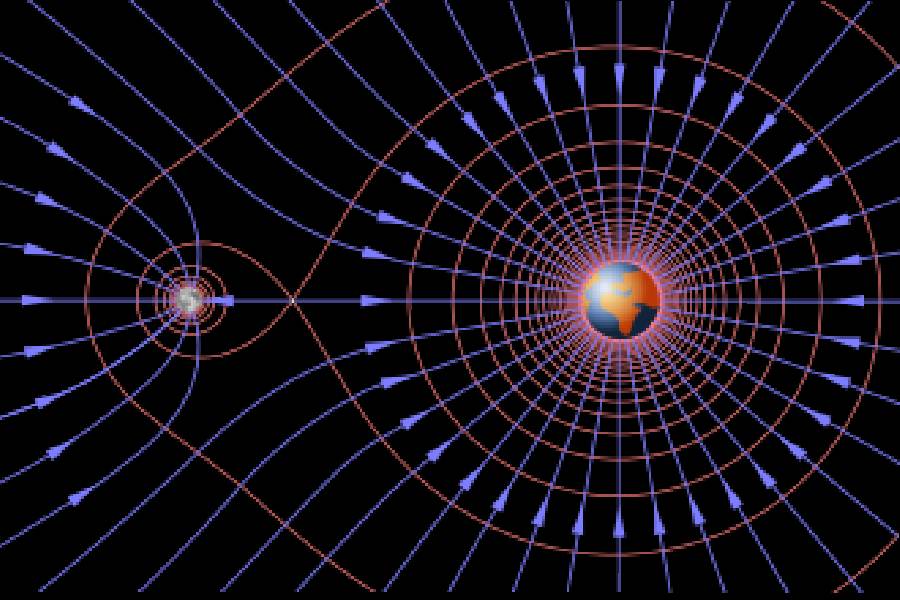An India-UK physics team has proposed a table-top experiment to probe a question that has intrigued modern physicists for decades: does gravity change when measured?
The experiment will measure gravitational tugs between tiny diamond crystals and determine whether gravity — like the three other fundamental forces of nature — follows the rules of quantum mechanics.
The theory of quantum mechanics, a branch of physics developed by multiple scientists during the 20th century, is the best and only way to describe nature at its smallest scales such as the behaviour of light or subatomic particles. A key prediction of quantum mechanics is that the act of observation can alter a physical system, a phenomenon scientists have verified over the decades through studies involving light and subatomic particles.
Now, Sougato Bose and Debarshi Das at the University College London (UCL) and collaborators have proposed a novel experiment to determine whether measuring the gravitational force exerted by a diamond crystal will trigger an unavoidable disturbance in the object. The proposal was published recently in the journal Physical Review Letters.
“It will be a tricky experiment — we need to ensure that our experimental clumsiness isn’t causing any disturbance,” said Bose, a professor of physics at UCL and team leader. “Once we take care of that, any measurement-induced disturbance would mean gravity adheres to quantum rules.”
The idea of measurement-induced disturbance is among the bizarre consequences of quantum mechanics. In classical physics, observing something doesn’t change it. But quantum mechanics dictates that the act of observation will necessarily change the physical system under observation.
“Our proposal is a novel way to test this quantum postulate specifically for gravity,” said Dipankar Home, a senior physicist at the Bose Institute, Calcutta, and member of the team. “It offers advantages over other proposals to test the quantumness of gravity.”
But the experiment will hinge on advances in technology that physicists are hoping will allow them to manipulate and make subtle measurements involving tiny diamond crystals weighing a million times lighter than a grain of sand.
“With a table-top set-up, the experiment will use one diamond crystal as a detector to measure the gravitational pull of another diamond crystal,” said Das. “If gravity shows quantumness, we would see a disturbance in the second crystal.”
The challenge of unifying quantum mechanics with gravity “remains one of the most pressing unsolved problems in physics”, said Benjamin Jones, an associate professor of physics at the University of Texas, Arlington, who is not associated with the UCL proposal.
Physicists have established since the 1960s that three fundamental forces of nature — the electromagnetic force, weak force and the strong force — follow quantum rules. But gravity has remained an outlier with no experimental evidence yet to establish the gravity’s quantumness.
Other experiments haven’t yielded results. Jones is a member of a team of over 300 scientists who have looked for the quantum nature of gravity through observations of subatomic particles called neutrinos using a particle detector on Antarctica. The team has not yet found quantum gravitational effects.
“There are several models such as string theory that seek to unify gravity with quantum mechanics, as well as hybrid theories in which gravity is classical,” Bose said. “But there is no experimental evidence yet either way.”
Das cautions that the experiment could take 10 to 15 years to be realised. “We need to manipulate extremely tiny and lightweight nanodiamonds — this will take time. But a table-top experiment in 10 to 15 years is preferable to alternatives such as building a galaxy-sized particle accelerator,” Das said.
Other team members are Farham Hanif at the UCL, Jonathan Halliwell at the Imperial College, London, Hendrik Ulbricht at the University of Southampton and Anupam Mazumdar at the University of Groningen in the Netherlands.










